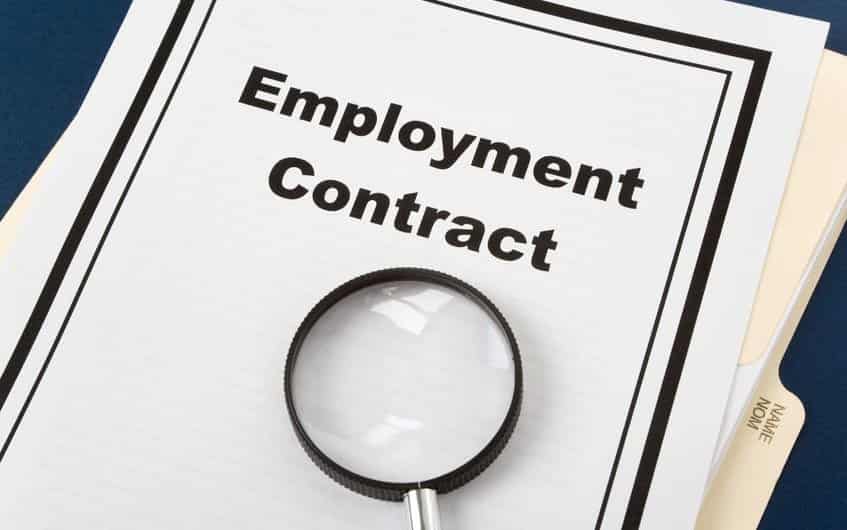You might have just secured a lease on a rental property, but we all know circumstances can change. Sometimes our work, familial situations, relationships, and general life scenarios can take on new and unforeseen twists and turns. As such, you might be thinking the lease you just signed is not as suited to your situation as you once thought. Rather than sever a lease agreement entirely, which creates contractual breaches, it is possible to sublet your property.
What is Subletting?
Subletting is when a tenant leases out a room or part of rental property to someone else who is not listed on the contractual lease. Alternatively, as an existing tenant you may be the possibility of renting out the entire property to someone else for a set period of time within your fixed-term lease. A lease is a type of personalty property known as chattel real. With any proprietary interest comes certain rights. Provided you follow certain legal requirements, it is possible to sublet property.
How do I Sublet?
The most important requirement is acquiring the consent of your landlord. With the landlord’s written consent, you may do the following:
- transfer your tenancy under a tenancy agreement to another person, or
- sublet the premises (or part) to another person
When writing to your landlord you may also be required to provide them with a draft transfer or subletting agreement that specifies by name the proposed tenant or subtenant. The following inclusions may also be necessary:
- evidence the new tenant or subtenant can pay the rent (a copy of a payslip or bank statement)
- an indicator of the new tenant or subtenant’s character (a reference from a former landlord, employee or personal associate)
The landlord must not unreasonably withhold consent when:
- you request to transfer and one of the original tenants under the current tenancy agreement will remain as a tenant, or
- you request to sub-let and you will still occupy the premises.
The landlord may reasonably withhold consent if:
- the number of proposed occupants is more than allowed by the tenancy agreement or planning laws
- the proposed tenant or subtenant is listed on a tenant database
- the landlord reasonably thinks that the premises will become overcrowded
Other Considerations:
Each situation is different. A lot can depend on the constraints of your agreement. For more information, visit the NSW Fair Trading website. Regardless of whether you are a landlord, tenant or subtenant, it is good practice to you familiarize yourself with the rights and obligations you bear under law. However, these laws can vary from state to state, so seeking professional advice where possible is always encouraged. In any event, it is definitely worth consulting with a contract or property lawyer to make sure you are doing everything legally and above board.
Don’t know where to start? Contact a Lawpath consultant on 1800 529 728 to learn more about customising legal documents and obtaining a fixed-fee quote from Australia’s largest legal marketplace.




